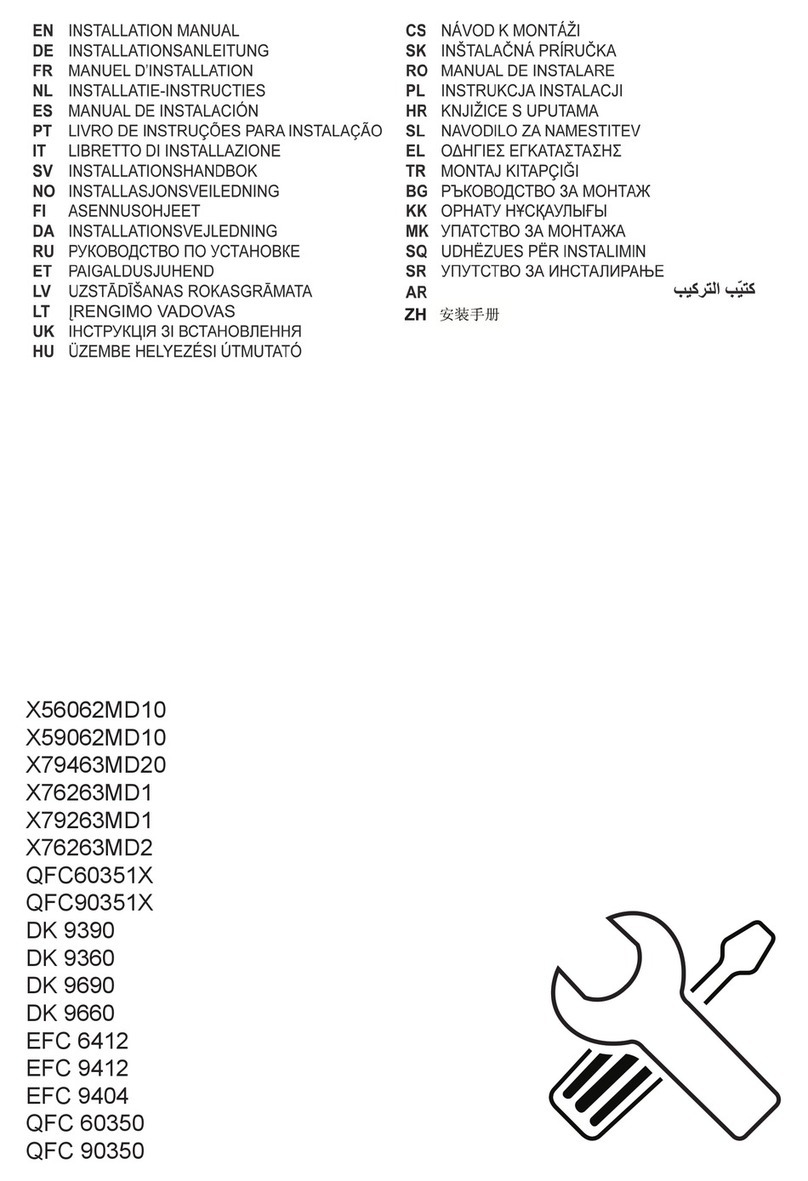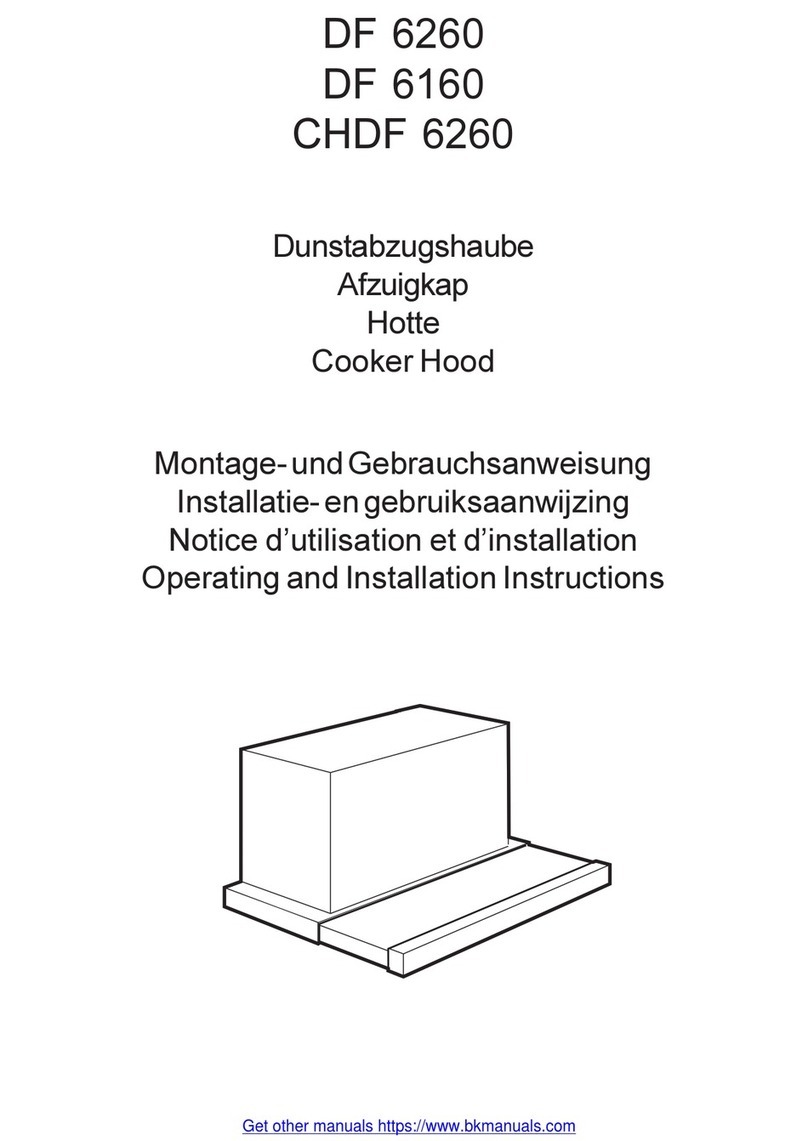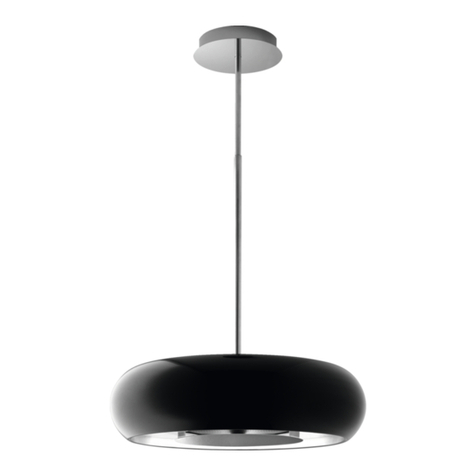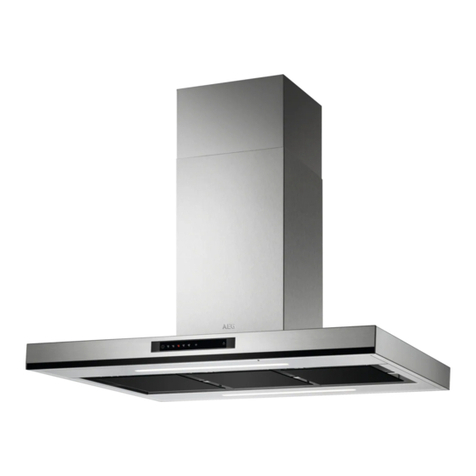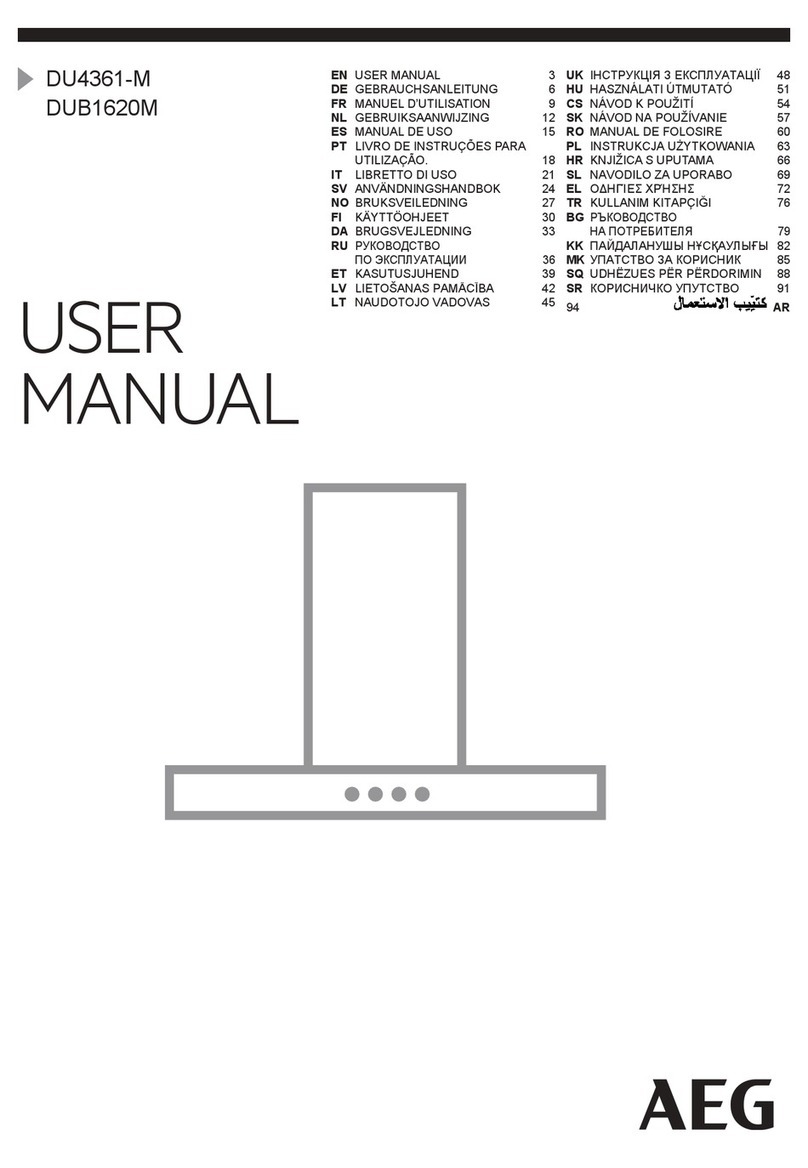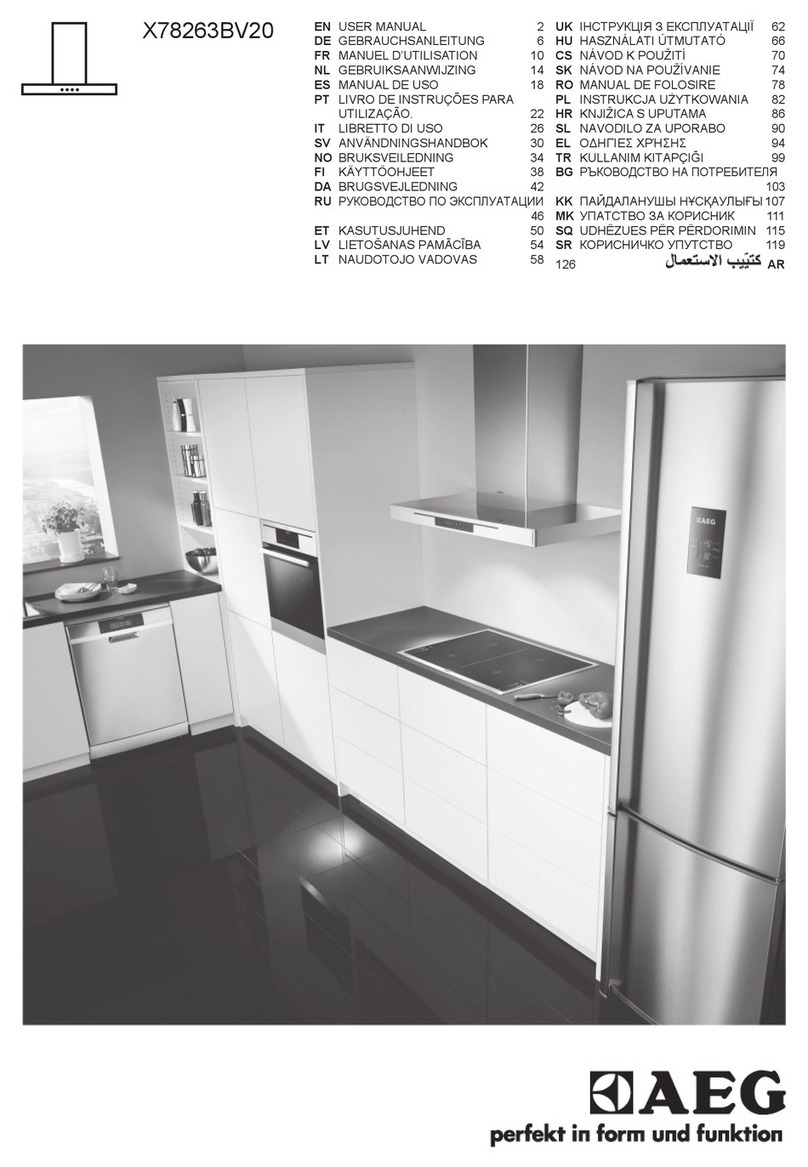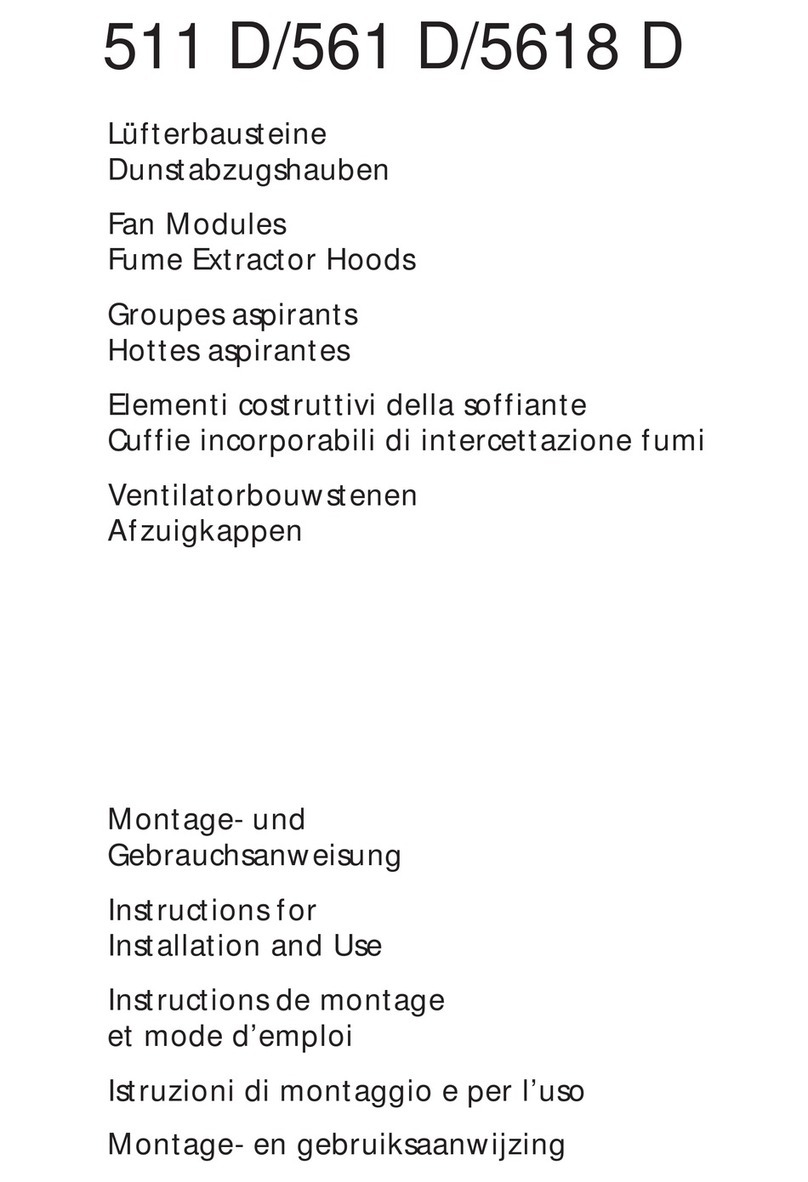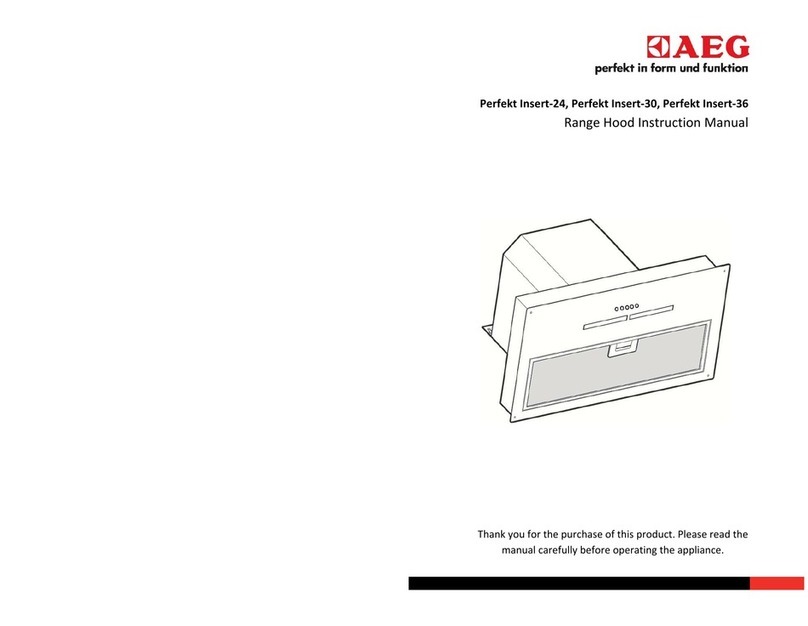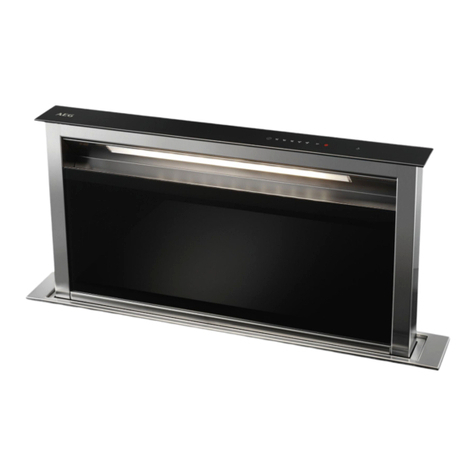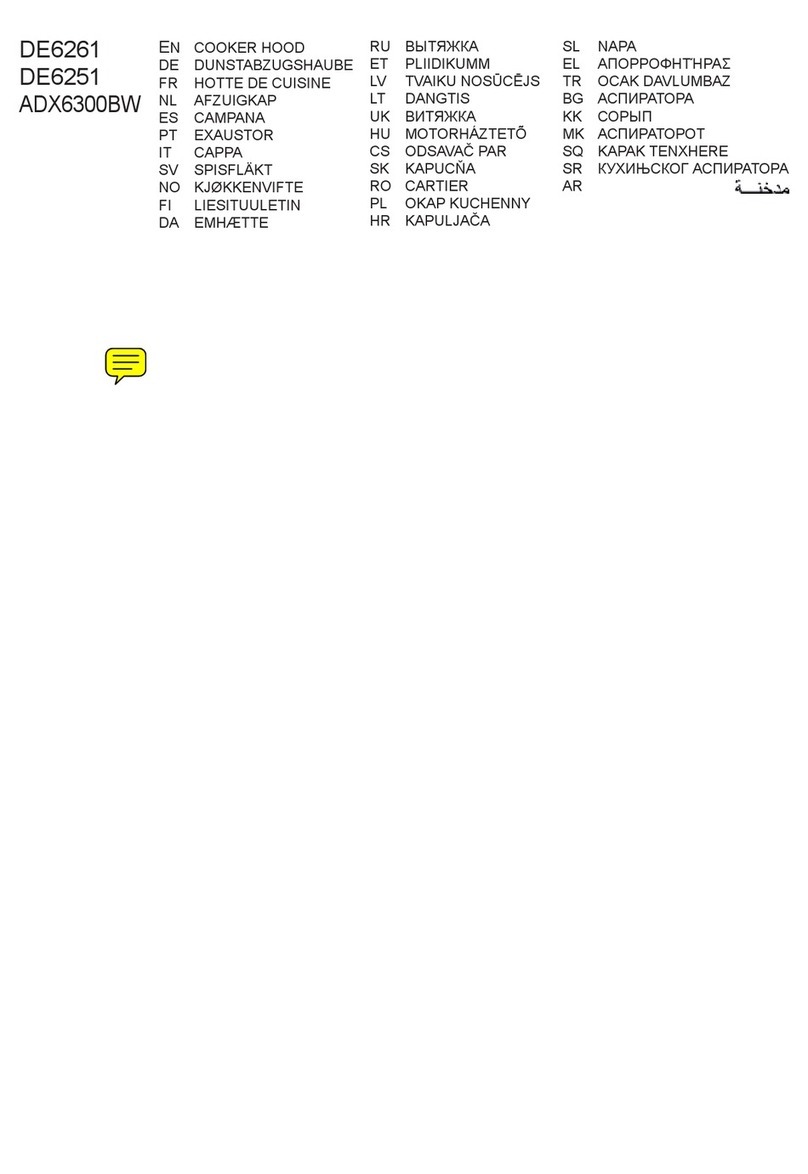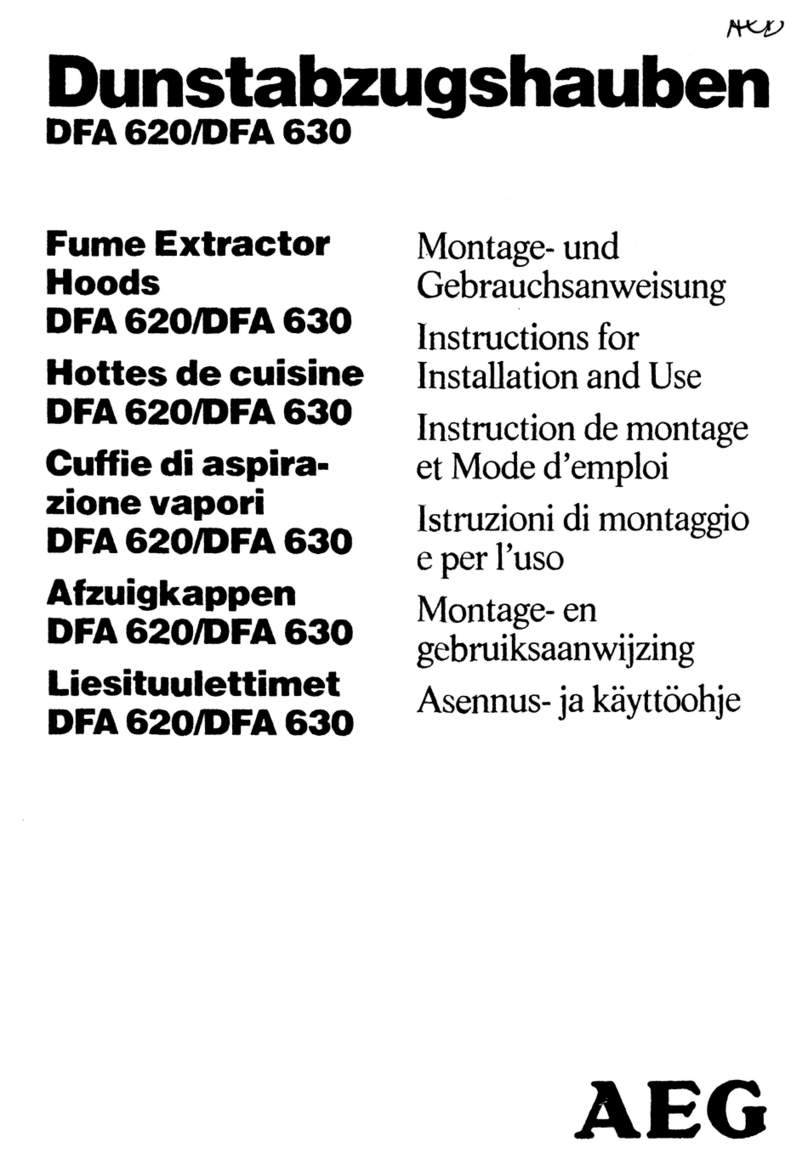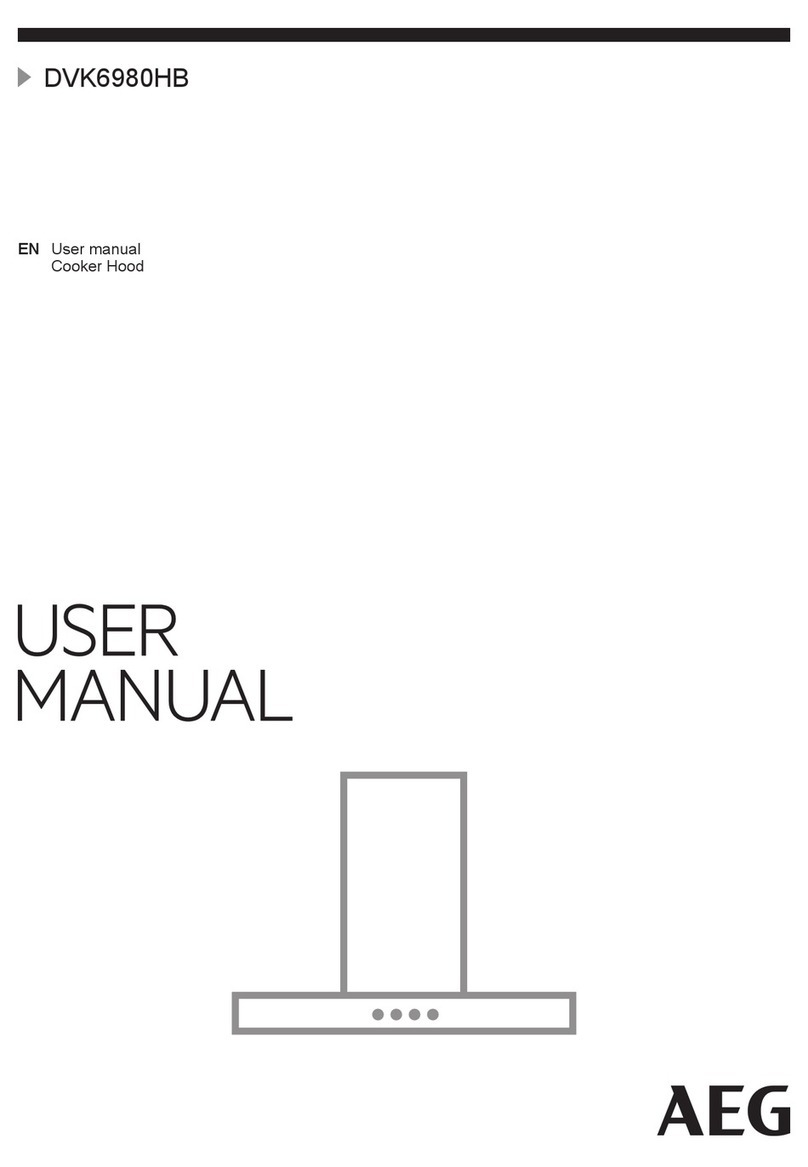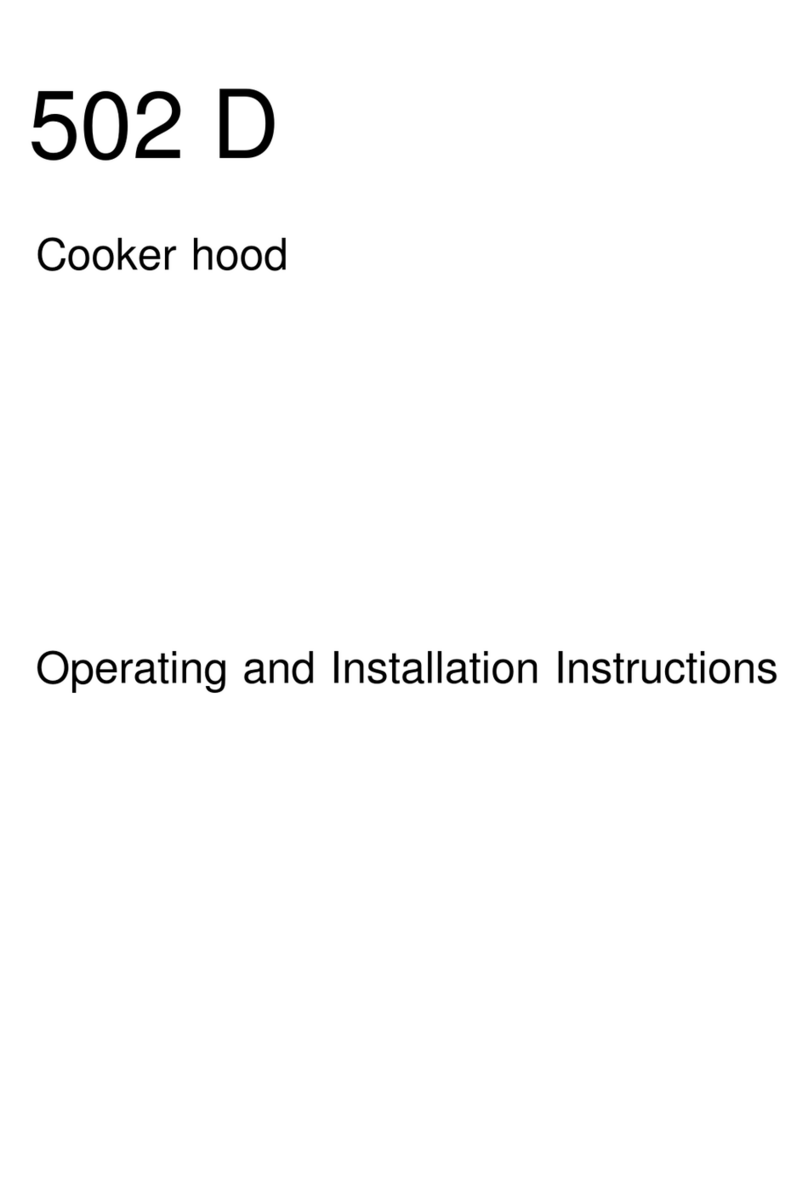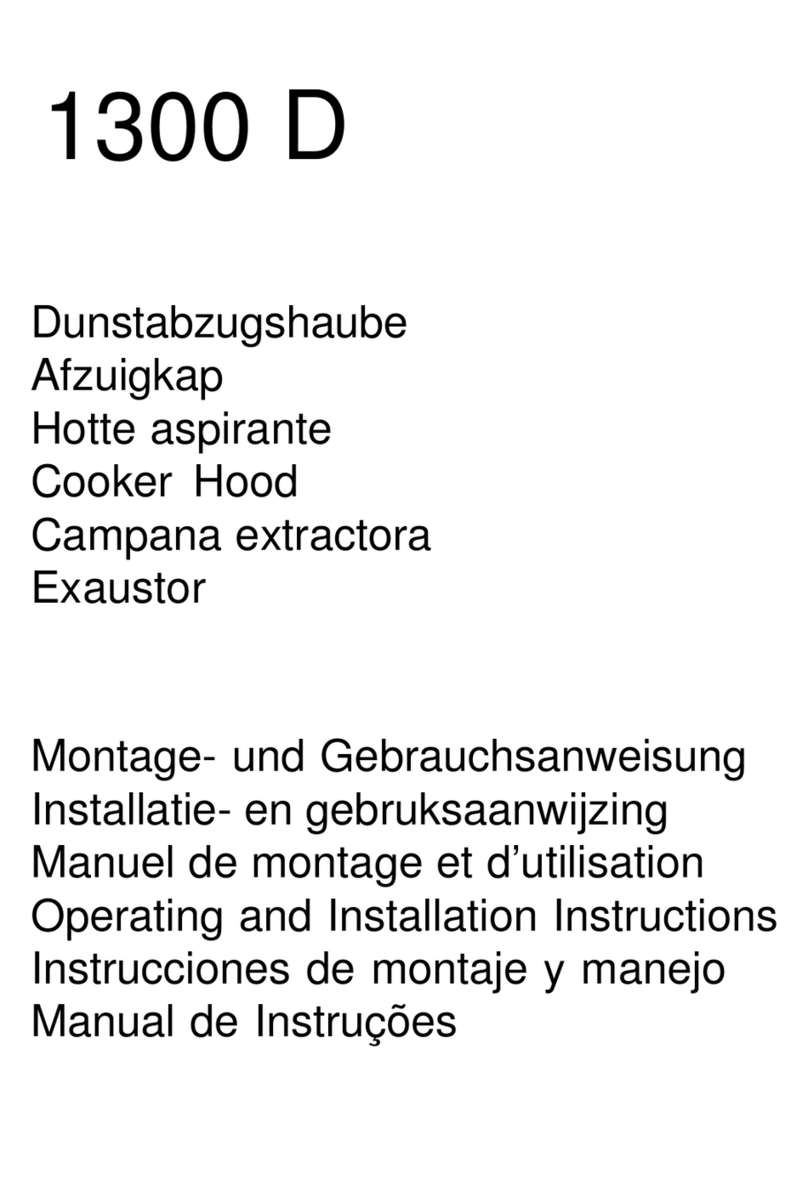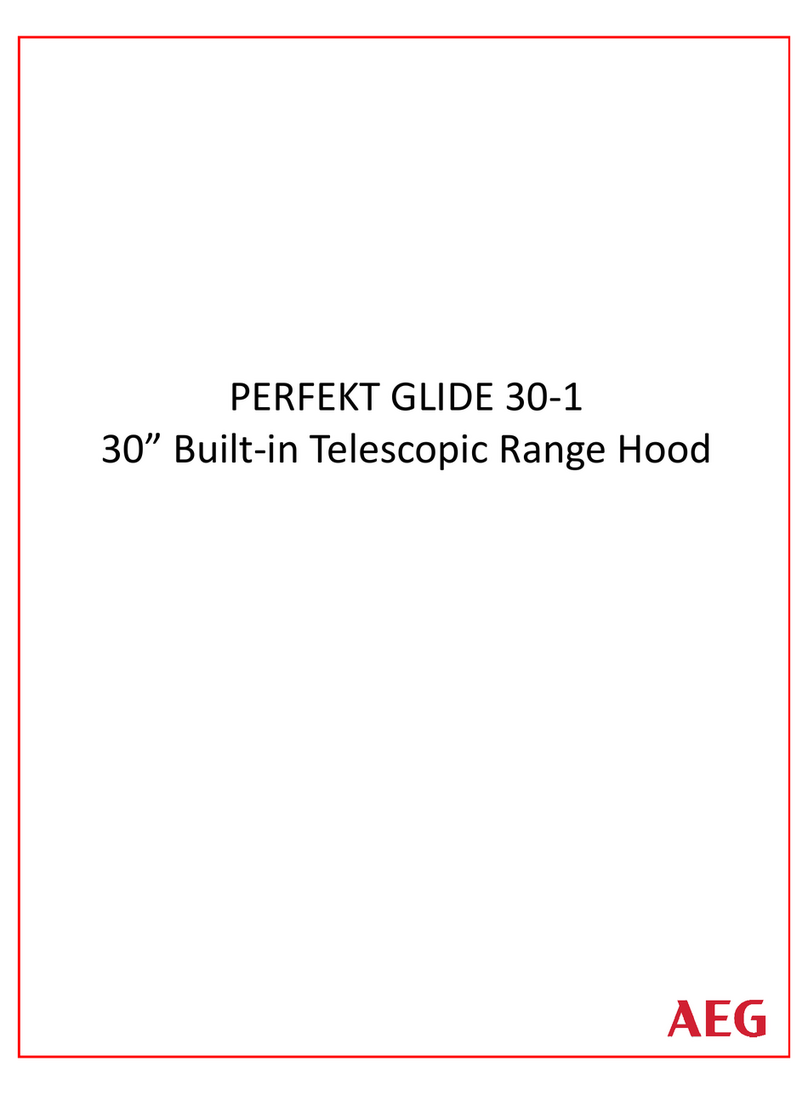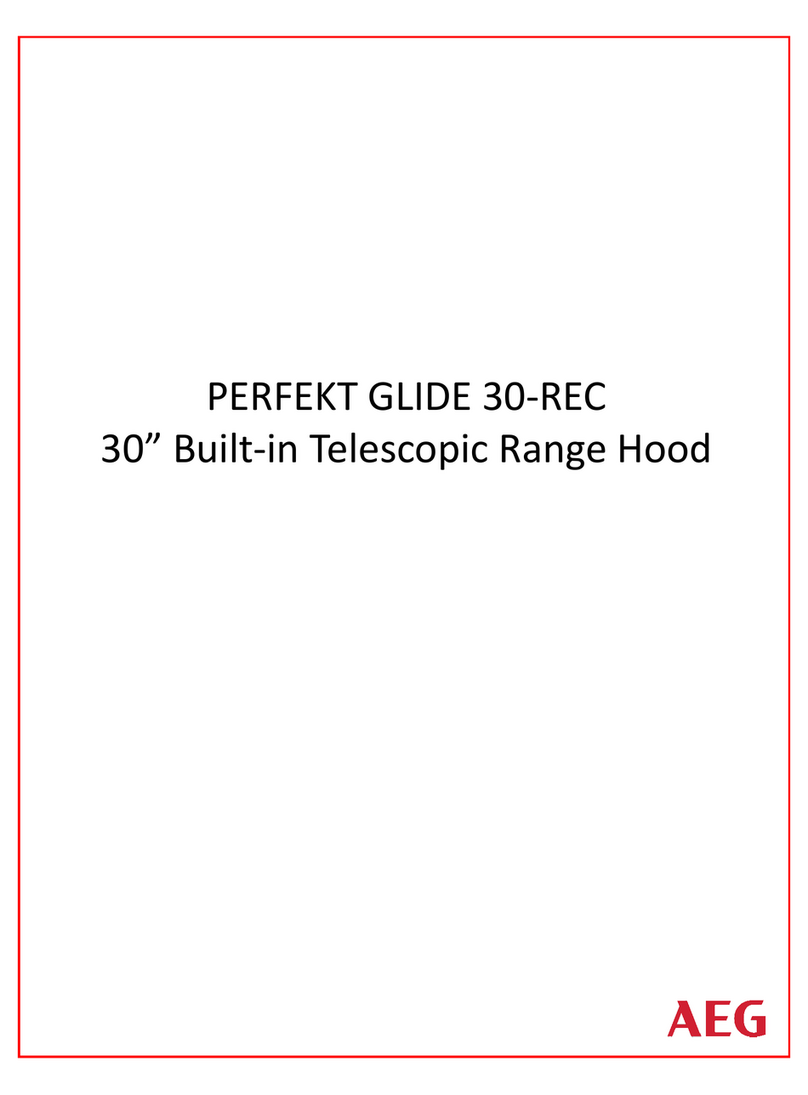
Part C: Creating Short-Term Airborne Infectious Isolation Areas
To use the ECU4 to create short-term airborne infectious isolation surge rooms.
1. Open ECU4 according to previous instructions and position against the construction area doorway or
entrance opening. Secure against ceiling according to previous instructions.
2. From inside ECU4 unzip a wide cargo door and stow. Zip a (Optional) Sidewall Flange accessory in it’s place.
Roll up door and stow using hanging Velcro straps on either inside or outside of unit. (Doors may be
detached and reattached as necessary.) Begin to apply a roll of self adhesive Velcro (provided) to the
door frame; making a box frame including the threshold door of the doorway. NOTE: It is very important
to ensure that the entire ange edge is secured against the door frame and door so that no gaps exist that
might allow infectious particulates an opportunity to escape. Be careful to not impede the closing
of any door. (Fig. I-A-1)
3. Apply the edge of the Sidewall Access Flange; sewn Velcro edge, to the Velcro frame on the doorway. Start
in the middle of the door frame top and work your way into the corner folding excess envelope if any onto
itself, (FIG.1-A-2). From inside the ECU4 open the 12.5” negative air port by rolling down the Velcro Flap.
4. Attach HEPA-ltered negative air machine by inserting ex duct into the 12.5” port on exterior of unit.
For increased exibility in work projects, you may switch the negative air ports panel to the other
side of the unit.
5. Tighten the draw strings to seal port around the negative air machine ex duct and/or HEPA vacuum hose.
Ensure there are no gaps that may allow potentially infectious particulates an opportunity to escape
the draw of the machine. (Fig. I-A-3)
6. Open pressure relief vents, as needed, located inside envelope, beneath windows on both short
doors, and the non-ange side door. Turn on HEPA-ltered negative air machine to low setting. As the
air pressure inside the unit lowers, the sides of the unit will begin to be drawn in.
7. Follow established infection procedures for entry and exit of containment areas.
- Seal Return Vents of the Surge converted room
- Verify Negative Pressure
- Apply Isolation Signs
8. After all other (clinical) preparations for patient isolation have been completed, zipper closed all doors
of the ECU4. Turn on HEPA-filtered negative air machine to low setting. As the air pressure inside the unit
lowers, the sides of the unit will begin to be drawn in.
9. Follow established infection control procedures for entry and exit of patient isolation areas.
7
(Fig. I-A-3)
(Fig. I-A-2)
(Fig. I-A-1)
10. To take down and store ECU4 Sidewall Flange; first detach the
flange from the door frame or wall. Remove all Velcro from the
door frame and discard. Unzip the Sidewall Flange from the
ECU4 and reinstall the wide cargo door. Once cleaned, the SWF
should be stored back in the provided duffle with the Velcro
adhesive roles and One Foot Cuff.
X








